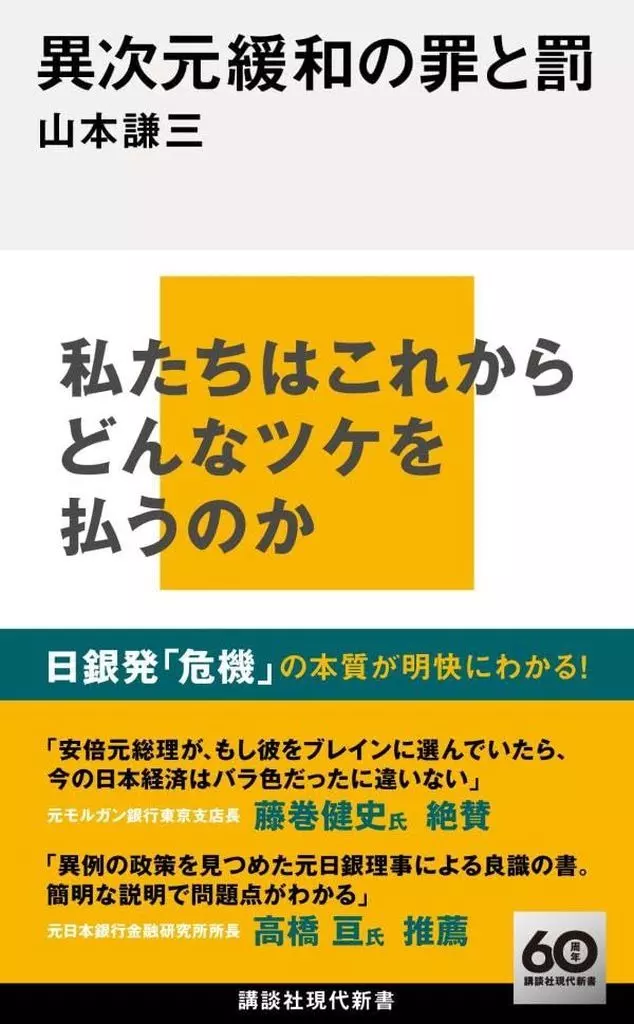New book Economy Crime and Punishment of Cross-Dimensional Relaxation / Kenzo Yamamoto Kodansha Gendai Shinsho
Product description ※Please note that product information is not in full comprehensive meaning because of the machine translation.
Economics (br) kodansha Hyundai Shinsho / March 2024 The BOJ finally put an end to its "unconventional monetary easing". Nearly 11 years have passed since it was introduced immediately after the inauguration of the former governor. Looking back now, I realize that the Japanese economy has become an unprecedented one. As of the end of March 2012, the outstanding amount of government bonds held by the BOJ reached about 590 trillion yen, or 56% of the outstanding amount of ordinary government bonds issued by the BOJ. This is an unusual situation for the central bank of a country with a market economy. The decline in fiscal discipline is also remarkable. According to the World Economic Outlook (April 2024) published by the Monetary Fund (Government Bond and Currency Fund), the ratio of general government debt to GDP (estimated in 2022), which indicates the fiscal condition of the government, was banned worldwide as wisdom for maintaining fiscal discipline. It is the second highest among about 190 countries and regions in the world. Confidence in the country and currency has been built up through the accumulated efforts of its predecessors. The effective real exchange rate as of the spring of 2024 has fallen to a level even lower than the level of the Nixon when a patient is showing signs of shock in August 1971. For many Japanese, the yen is now entering an unknown world. Although not all of this is due to the BOJ, the foreign exchange rate has fallen to 160 yen to the US dollar for the first time in 34 years. The effective real exchange rate has fallen to a level even lower than the level of 360 yen to the US dollar at that time. For many Japanese, the yen is now entering an unknown world. Although not all of this is due to the BOJ, the role played by the BOJ's unprecedented monetary easing has been significant. Despite the fact that the BOJ's unprecedented monetary easing has played a major role, there is little sense of crisis in the BOJ and the government. If monetary policy is advanced in the future without the conclusion of the BOJ's unprecedented monetary easing, there is a risk that the BOJ and the government will follow the same path if inflation declines again in the future. Or there is a risk that the BOJ and the government will be slow to respond to inflation pressures such as the further depreciation of the yen because the BOJ's obsession with the 2% inflation target is too persistent. This book examines the results of the BOJ's unprecedented monetary easing, as well as an attempt to consider what the historic and ambitious economic experiment has produced, the pain and difficulties it brings to the Japanese economy and the Japanese people, and the recovery from it. 257 2024
